Korça is located in the southeastern part of Albania, in the Central Mountain Province. It lies at the foot of the Morava mountain, at an altitude of 869 m above sea level. The relief is mainly mountainous and hilly and the average height is 1145 m. The total area is 805.99 km² and the population reaches 130,531 inhabitants. Korça is bordered to the north by Pogradeci - 41 km, to the south by Erseka - 45 km, to the east by Bilishti - 27 km and to the west by Skrapar.
In Korçë, in 1887, the first elementary school in the Albanian language was opened, by the Drita Organization. A few years later, in 1891, the Qirjazi family opened the first school for girls. This building in 1968 was turned into the Museum of Education.
The region of Korça is surrounded by a considerable number of hills and mountains such as: Morava mountain, Qarri mountain, Thatë mountain. with the area of Gora, Voskopoja and Vithkuqi, which are the most mountainous areas.
The low area includes: the field of Korça, one of the largest in Albania, and the field of Upper Devolli.
The area of Korça is rich in underwater sources, rivers, the most important of which is: the river Devolli with its branch Dunavec and upper Osumi.
In this area are the sources of the three rivers of Albania such as: Devolli, Shkumbini and Osumi. The lakes are: Great Prespa and Little Prespa.
The area of Korça is one of the places that was inhabited earlier. Archaeological excavations around the city of Korça have revealed Illyrian tombs and fortifications since the fourth millennium BC.
A coffin from the 2nd century AD was discovered. which shows the engraved figure of two Illyrian blacksmiths working the iron on the anvil. The Kamenica Mound is also mentioned, a fact that shows the habitation of this area since the Copper Age. Fushëgropa Korça was ruled by a dynasty of the Illyrian Kingdom in 650 BC and then it was ruled by a Kaone dynasty. During this period, the area was mostly inhabited by the Kaone and Molose tribes.
During the Middle Ages, in the year 853, the province of Korça fell under the rule of the Bulgarian emperor Boris, who lasted until 1018. He also formed the administrative unit named "Kutmicevicë", which means newly conquered land.
Around the year 1440, the area of Korça was conquered by the Ottomans and around the 15th century, Iljaz bey Mirahori formed the modern city of Korça, by order of Sultan Mehmet II. Under the Ottoman occupation, Korça was known as Goricë and was the sanjak of the Manastir vilayet. The first construction of Illjaz bey Mirahor was also the Mosque. Then the Old Market of Korça flourished, in which there were 16 inns, four of which are still there today. Goods from Greece, Turkey, Venice, Trieste were traded there, from livestock products to expensive jewelry.
• The Treaty of Saint Stefan, of 1878, transferred Korça and Pogradec to the Bulgarian Principality, while the Treaty of Berlin of the same year returned it to the Ottoman Empire. Ottoman rule lasted until 1912, the year when Albania's independence was declared.
• During the First World War, developments on the Macedonian Front caused the city to quickly fall under French control, in the year (1916-1920).
•Finally, Korça became part of Albania in 1921, when the International Boundary Commission reaffirmed the 1913 borders.
• With the beginning of the Second World War in 1939, Italy occupied Korca and the rest of the country.
• With the withdrawal of Italy from the War in 1943, the Germans kept the city occupied until October 24, 1944.
• Korça was liberated in September 1944. Further, the period of the communist regime, as everywhere in Albania, had a negative impact, fighting fiercely the intellectual and commercial layers of the city.
Today Korça, in terms of culture and education, continues to clearly preserve its traditions, ranking among the first cities in Albania. The city has a consolidated economy and numerous businesses, its foundations are in agricultural development, in the civil construction sector and the production of building materials, in the food and service sectors. Korça also offers good opportunities for the development of tourism. Its climate is cold winter and hot and dry summer. Korça is also an important node for Albanian transport.
Two important points and very frequented by tourists are Voskopoja and Dardha. In Voskopoja there are a considerable number of Orthodox churches and monasteries belonging to this period. During the winter, both of these tourist villages offer ski slopes to their visitors. This city is the cradle of culture, a symbol of the Albanian southeast.
They call Korça the city of Serenades, of Love, of Art, of the First Albanian School. Little Paris throughout the year offers many cultural activities, holidays such as: Easter, Christmas, Carnival or the beer festival together with the cobbled streets, the cobbled streets have turned the city into a destination with the largest number of foreign visitors and local.



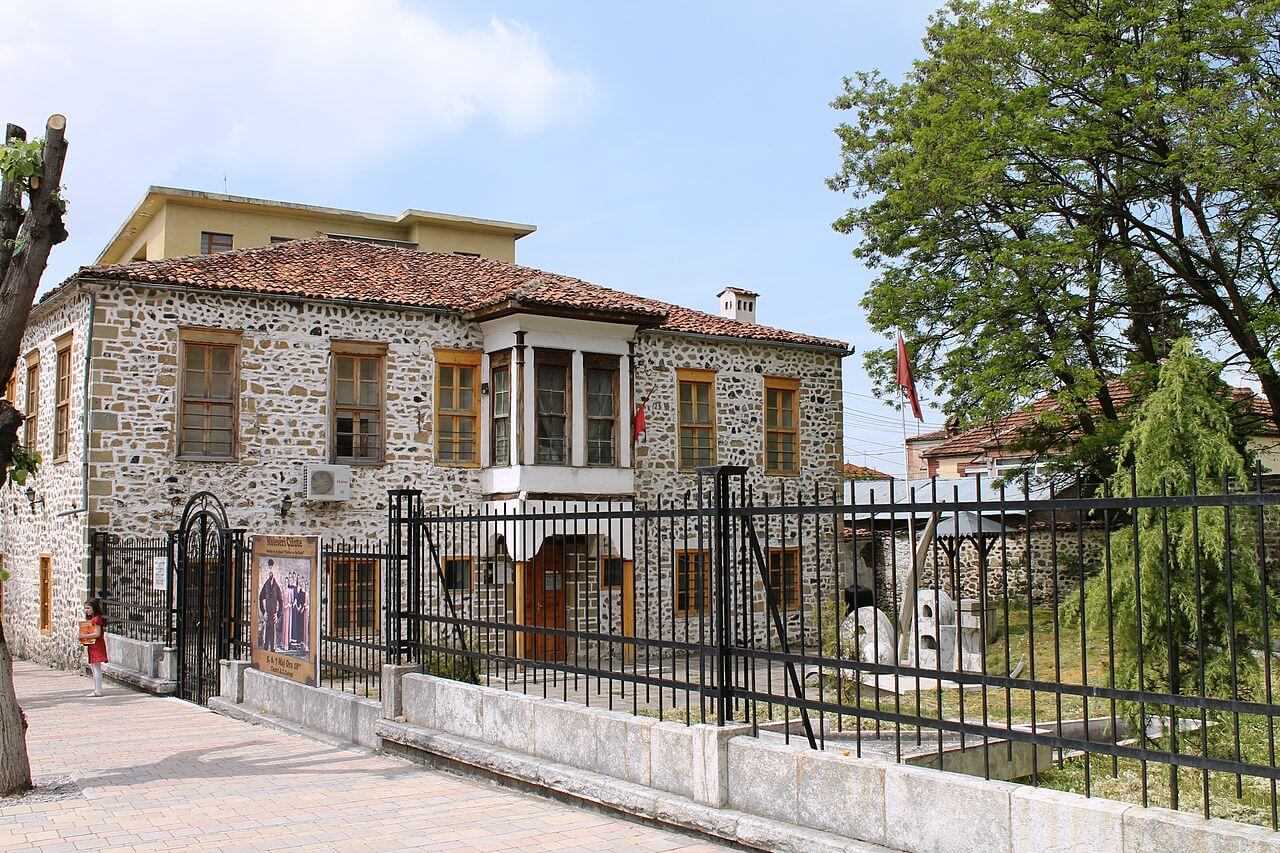
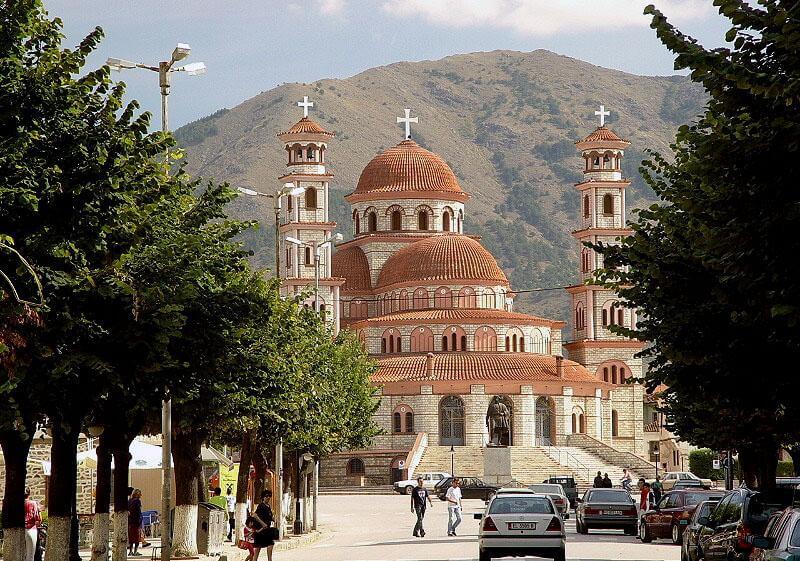


.webp)
 (1).webp)
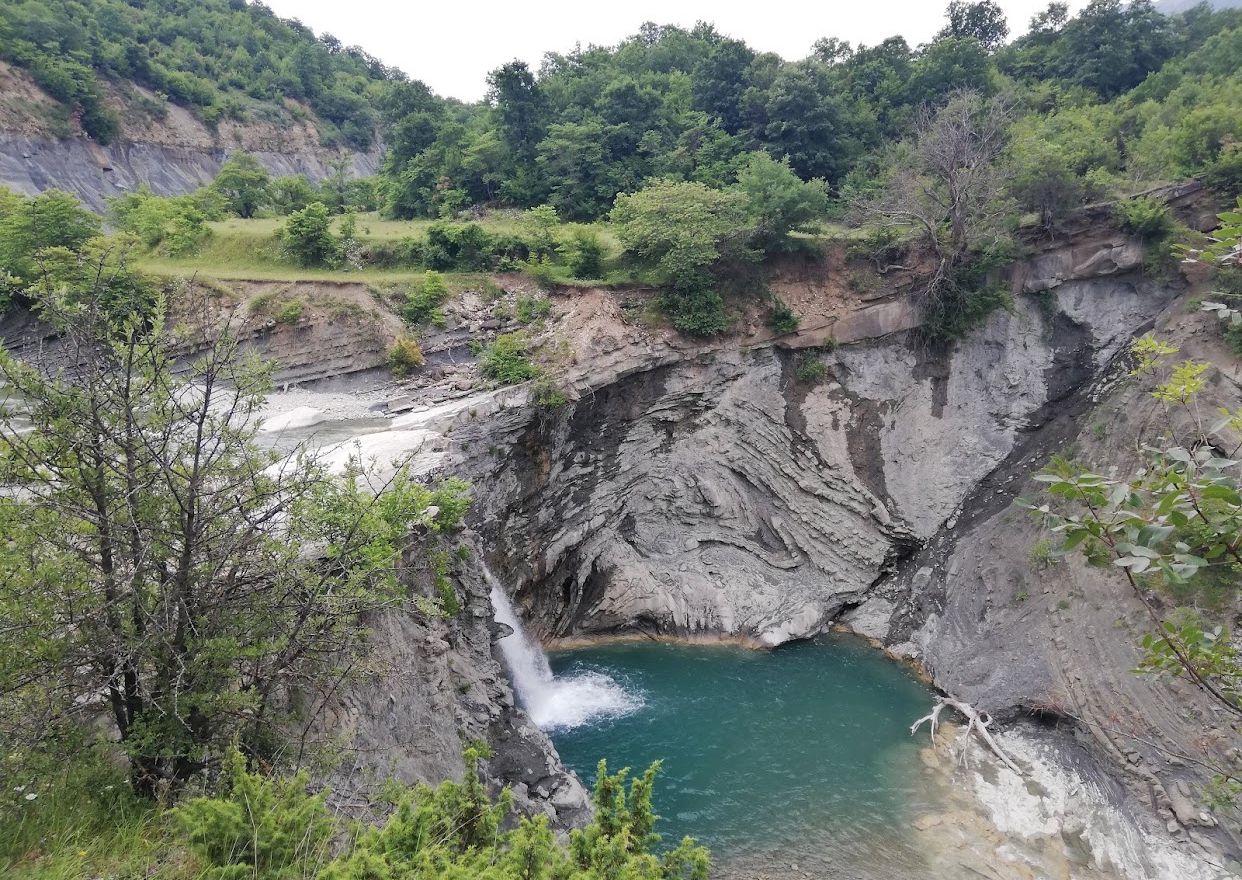
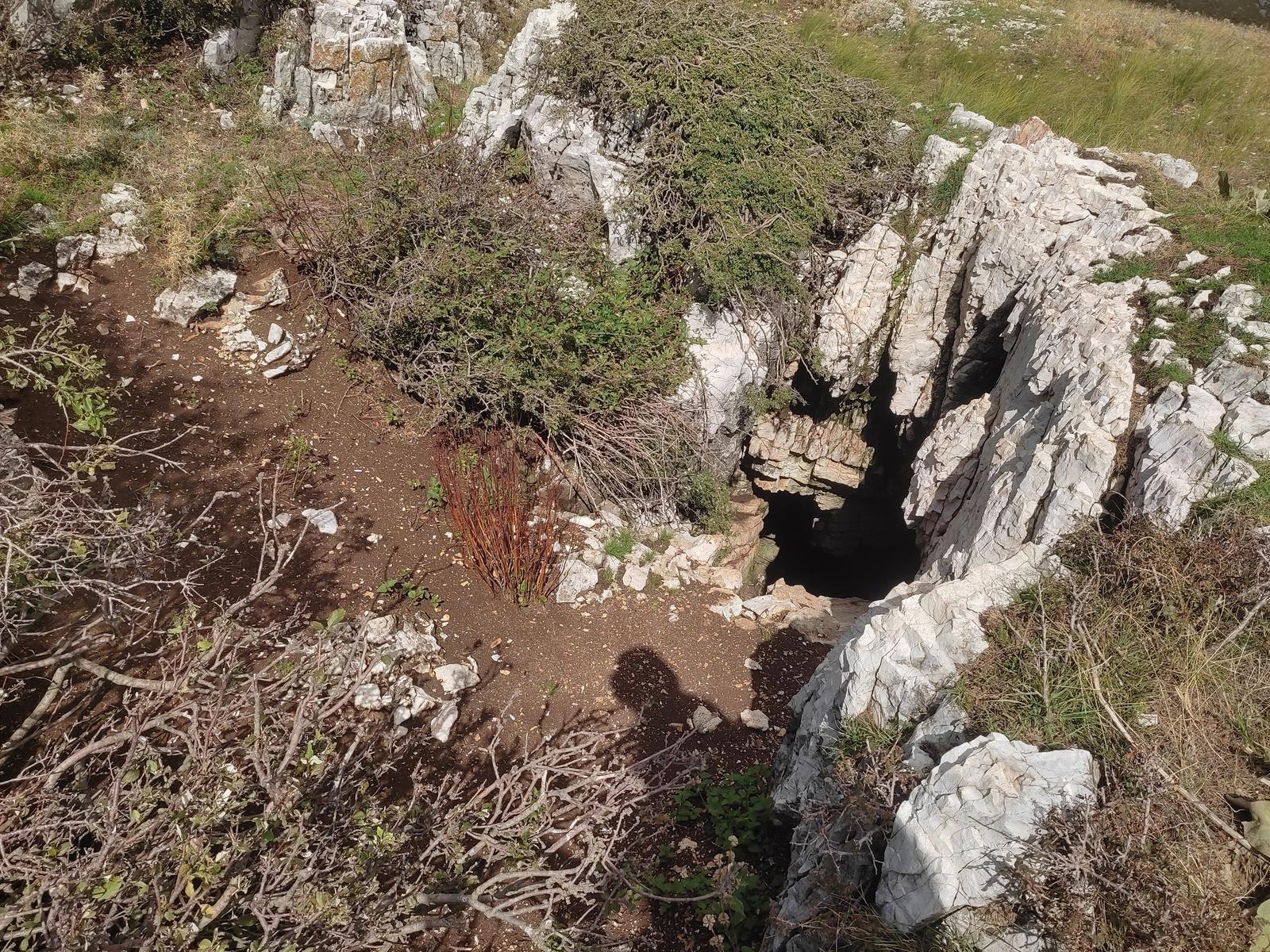
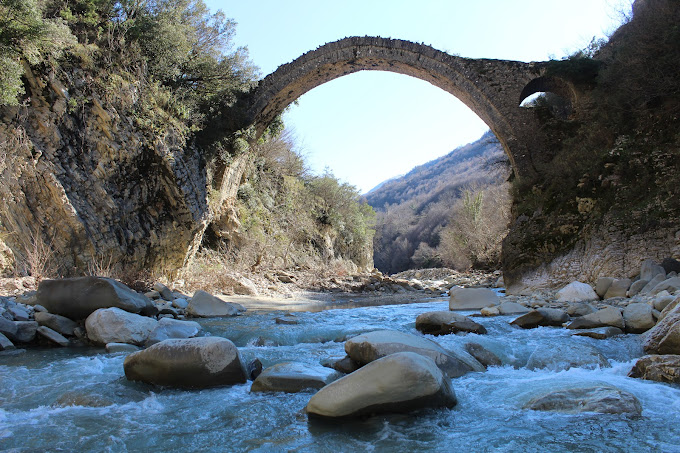
 (1) (1) (1).webp)
 (1).webp)
.webp)
.jpg)
.jpg)